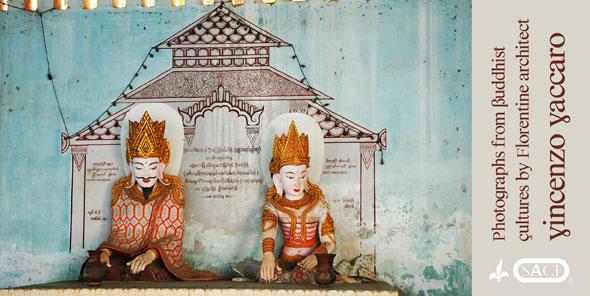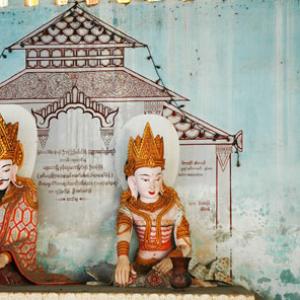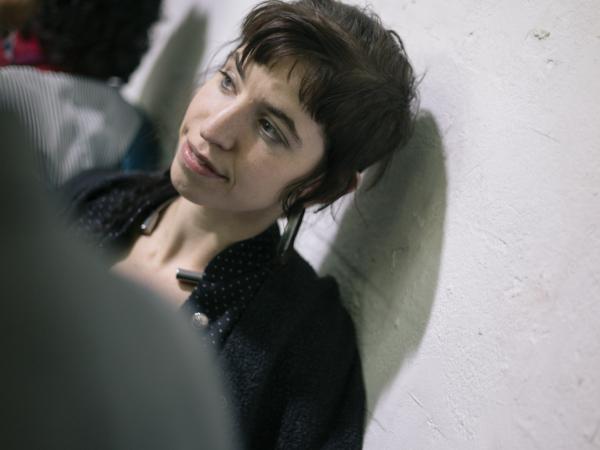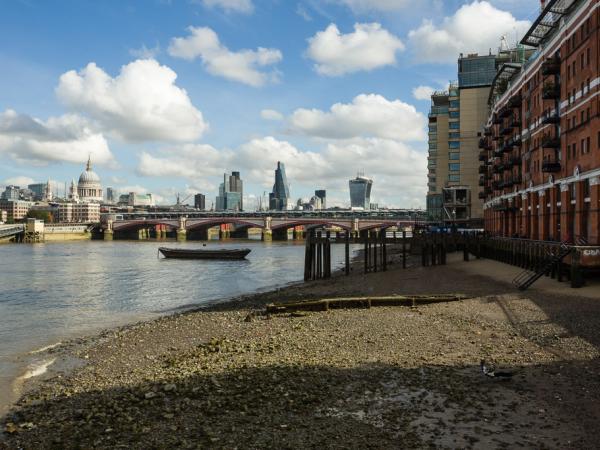Opening: Wednesday, March 11 at 7:30pm
Artist Lecture: Thursday, March 12 at 7:30 pm
The SACI Gallery is proud to present an exhibition of photographs by Florentine architect Vincenzo Vaccaro (Florence, 1951). A restoration docent of the architecture faculty of the University of Florence, for over 30 years Vincenzo Vaccaro has participated in major restorations of historic Florence monuments. He is passionate about traveling to countries in Asia, where he has photographed local places, people, and cultures.
The exhibition presents a selection of the diverse Buddhist architectural styles present in four Asian countries: Myanmar, India, Nepal, and Tibet. In these countries, Buddhism is represented in three variations: theravada-hinayana, mahayana and vajrayana.
The theravada is present in Myanmar, Sri Lanka, and in all of South-East Asia. The mahayana is found in China, Japan, India, and Nepal. The vajrayana is present in Tibet, and following the Diaspora appeared in Western countries and in Australia. The principal distinction between the three schools is the means of arrival or the path to Illumination.
In architecture, the structural character is represented by the Stupa, the most recognized Buddhist monument. It is a reliquary that changes name and form in the various countries. The most antiquated image has a three-part structure formed by a circular or square base from which rises a spherical element crowned by a cubic form surmounted by a pinnacle. Over centuries it has been modified, but has always maintained the tri-partition. In Myanmar, the characteristic shape based on the Stupa, locally called the pagoda, is a bell form. In India, it has a more vertical shape with a square platform, as in the temple of Bodh Gaya. In Nepal and in Tibet, where it is called chorten, the proportions and the design are those of a three-dimensional mandala that the visitors walk along, always keeping the monument on their right side. Often, as in the case of the Kumbum of Gyantse, the setting is enhanced by numerous chapels decorated with a rich repertoire of iconography.
The SACI Gallery is open Monday – Friday 9:00am-7:00pm and Saturday 1:00-7:00pm.








Comments 0
Say something